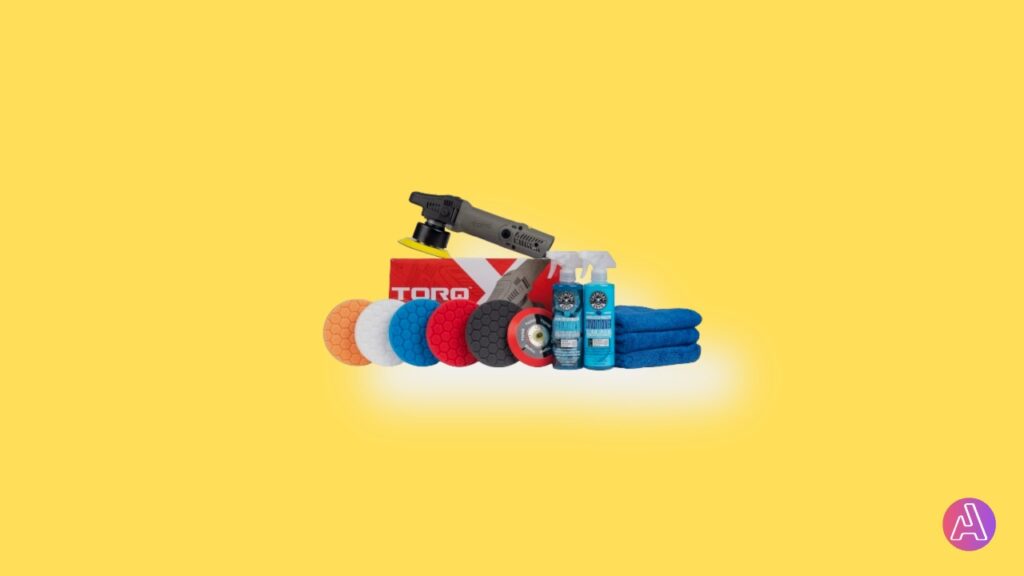KEY FEATURES
- UV Protection
- Repels Dust
- 16oz
- Products are good for 2 years after the packaging date on the bottle
PROS
- Helps Prevent Fading and Cracking
- Shines
- Great Price
- Restores Lost Color
- Makes the dash look like new
- Refreshes your rubber components
- best flat non greasy protector
CONS
- Packaging Might Vary
In a practical analysis of automotive protectants, an in-depth comparison was conducted between two protectant products, emphasizing their application on interior and exterior surfaces. The goal was to assess their performance under sunlight, their ease of use, and the resulting appearance on various vehicle surfaces.
Real-world Scenario
The comparison unfolded during the detailing process at a customer’s location, focusing on the final step—applying a protectant to shield a black interior from sun damage. The reviewer outlined the availability of the products at retail stores, without specifying their brand names.
Product Application
One protectant was applied to half of the dashboard, and another protectant was applied to the opposite side for a direct side-by-side comparison. The demonstration aimed to evaluate their performance under direct sunlight and their impact on surfaces like plastics and leather.
Outcome Analysis
Both protectants displayed notable characteristics. The protectant applied to one side of the dashboard offered a streak-free finish without a greasy residue. It provided a subtle shine, rejuvenating the appearance without appearing overly glossy. Its performance under direct sunlight highlighted its efficacy.

The second protectant, applied to the opposite dashboard side, exhibited similar attributes. It also left a streak-free finish, offering a subtle shine that enhanced the surface without an oily feel. The demonstration showcased its ease of application and favorable outcomes in direct sunlight.
Comparative Verdict
Both products showcased commendable performances, delivering streak-free, non-greasy finishes while revitalizing the surfaces. The comparison didn’t reveal significant discrepancies between the protectants. Both appeared equally effective in shielding the dashboard from sunlight and enhancing its overall aesthetics.
Final Thoughts
The comparison illustrated that these automotive protectants share comparable attributes in providing effective protection and enhancing surface appearances. Individuals seeking such products can consider these observations to make an informed choice, depending on their specific preferences.
When applying automotive protectants, follow these general steps for optimal results:
1. Surface Preparation
Before application, ensure the surfaces are clean and dry. Use a suitable cleaner to remove any dirt, dust, or residue. This prepares the surface for better adherence of the protectant.
2. Test in a Small Area
It’s wise to test the product in a small, inconspicuous area first to ensure compatibility and to check for any adverse reactions.
3. Application
- Product Selection: Choose the appropriate protectant for the surface type (plastic, vinyl, leather, etc.).
- Spray or Apply: Spray or apply the protectant onto a clean, dry applicator pad or microfiber cloth. Avoid oversaturating the surface.
- Even Application: Apply the protectant in a thin, even layer. Rub it gently into the surface in a circular or back-and-forth motion, covering the entire area evenly.
4. Buffing
Use a separate clean microfiber cloth to gently buff the surface after application. This helps in removing excess product and ensures an even finish.
5. Sun Exposure
While many protectants claim they can be applied in direct sunlight, it’s generally advisable to apply them in a shaded area. This prevents the product from drying too quickly, allowing for better spreading and absorption.
6. Drying Time
Allow the protectant to dry completely according to the product’s instructions. This typically ranges from a few minutes to several hours, depending on the specific product.
7. Maintenance
Regularly reapply the protectant as recommended by the manufacturer. This helps in maintaining the protective layer and keeps the surfaces looking their best.
- By following these steps and tips, you can effectively apply automotive protectants to preserve and enhance the appearance of various vehicle surfaces.

